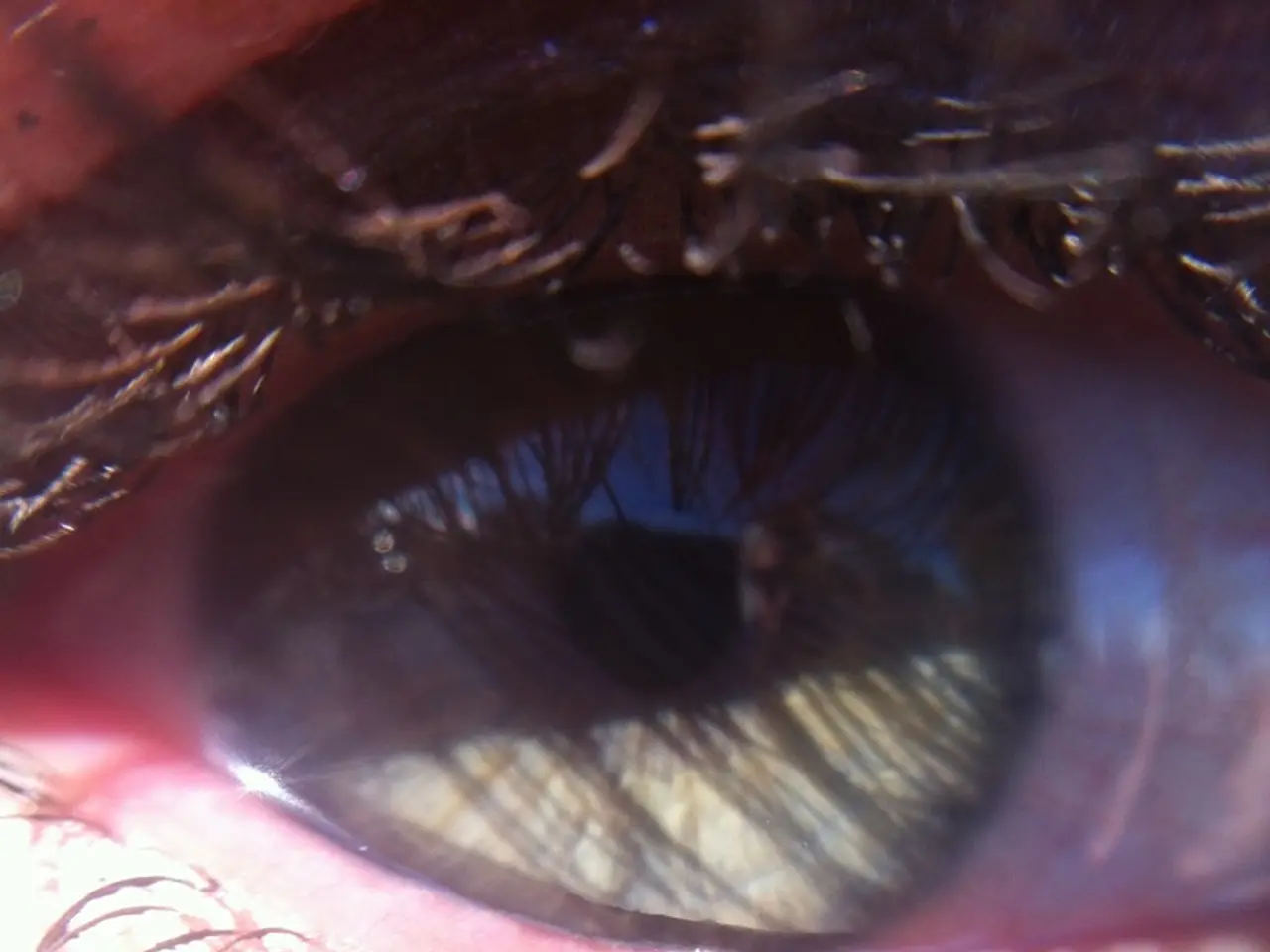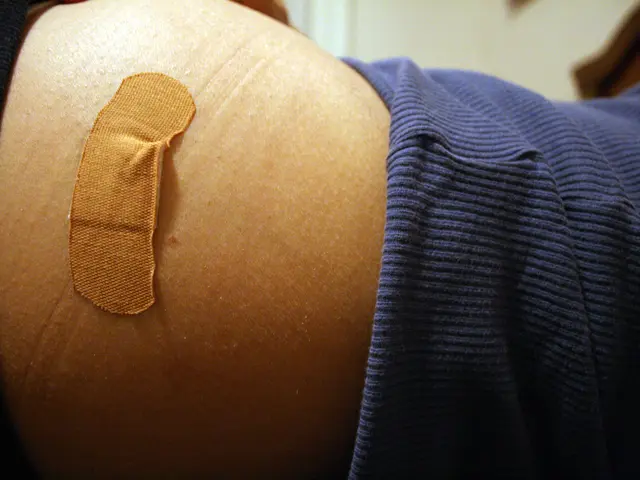Diagnosing and Recognizing Dry Eye: A Comprehensive Guide
Dry eye, a common condition affecting millions worldwide, can be caused by various factors. From simple triggers like wind, contact lenses, or cold medications, to complex medical conditions and eye diseases, understanding causes and symptoms is crucial.
The condition can be triggered by age, biological sex, environmental conditions, inefficient tear production, or tears evaporating too quickly. In some cases, dry eye might not be noticeable, with eye pain or vision changes being more evident symptoms.
To diagnose dry eye, an eye doctor may perform several tests such as the Schirmer's test, which checks for adequate tear production, or the tear break-up time (TBUT), which measures how long natural tears stay on the eye's surface. A small dye is placed in the eye during the TBUT test, and the time the dye covers the eye indicates how well the eye retains moisture.
Additional diagnostic tests include tear osmolarity measurement, meibomian gland evaluation via meibography, ocular surface staining with dyes, and confocal microscopy of the cornea.
If you experience regular pain from dry eyes, repeated irritation, or notice vision changes, consult a healthcare professional about finding the cause and treatment.
In many cases, dry eye is not serious but can be a discomfort. Severe cases can impact vision and cause pain. Treatments depend on the cause, ranging from over-the-counter lubricating drops or warm compresses for mild cases to special artificial tears, prescription eye drops, or surgery for severe cases. A healthcare team may recommend additional measures like using air filters, humidification, protecting eyes from wind and irritants, taking computer screen breaks, considering omega-3 fatty acids, and practicing good eyelid hygiene.
Regular eye examinations help monitor eye health and tear production. If you suspect dry eye, consult an optometrist or ophthalmologist for effective diagnosis and management.
Two questionnaires used to diagnose dry eye are the Ocular Surface Disease Index (OSDI) and Symptom Assessment in Dry Eye (SANDE). The first step in managing dry eye is finding the precise cause and scope of the problem. Several medical conditions and eye diseases can cause dry eye, including Sjögren's disease, lupus, rheumatoid arthritis, menopause, stroke, Bell's palsy, diabetes, certain medications, antidepressants, anti-anxiety medications, antipsychotics, decongestants, antihistamines, and contraceptives.
Understanding dry eye's causes, symptoms, and treatment options helps maintain eye health and ensure clear vision.
Read also:
- Bishop expresses that Respect Life Month holds additional significance during the Jubilee Year
- Protesters personally deliver correspondence to Fetterman's workplace
- Delay in CDC's Decision on Hepatitis B Vaccine: Insights into Potential Alterations for Parents
- Specialist in Vision Therapy: Expert in Behavioral and Developmental Optometry








